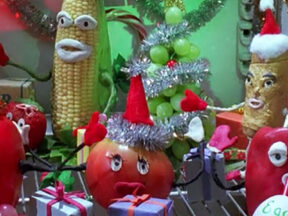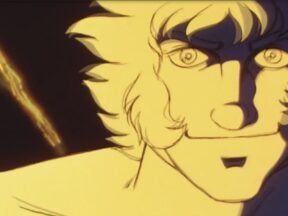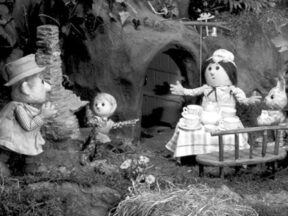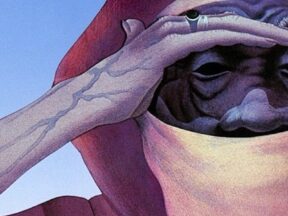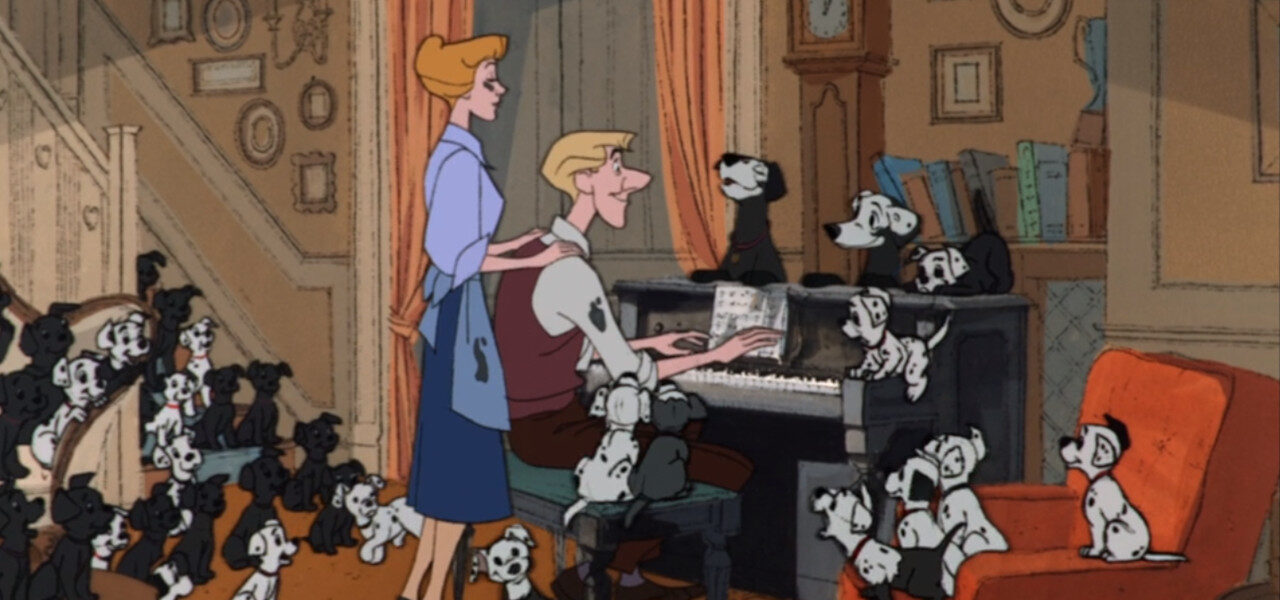
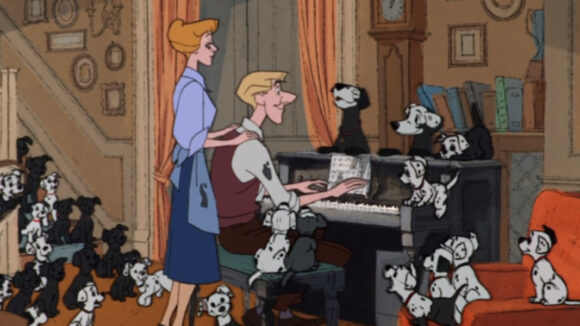
The Animation That Changed Me: Bruce Smith On ‘One Hundred And One Dalmatians’
It’s been a while, but we’re back with a new installment of The Animation that Changed Me, a series in which leading artists discuss one work of animation that deeply influenced them.
For this edition, we reached out to Bruce Smith, a feature film character animator, director, and television producer best known as the creator and executive producer of the Disney Channel hit shows The Proud Family and The Proud Family: Louder and Prouder and as the supervising animator of The Princess and the Frog villain Dr. Facilier.
The Proud Family was a major hit for Disney when it originally ran from 2001 through 2005, and the company recently rebooted the franchise in 2022 as The Proud Family: Louder and Prouder. Season two of the revival launched earlier this month.
For his contribution to our ongoing series, Smith selected Disney’s 1961 classic One Hundred and One Dalmatians. The film was directed by the team of Clyde Geronimi Hamilton Luske, and Wolfgang Reitherman, but it was the work of animator Milt Kahl that has stuck with Smith over the years, and still influences his style today.

Bruce Smith: I was around eight years old when I first saw One Hundred and One Dalmatians. I’m from Los Angeles, so I took a bus from South Central L.A. to Inglewood to go see it in the theater. I remember the animation was unlike anything I’d seen before. I grew up in an era of The Flintstones and The Jetsons and shows like those. All the Hanna-Barbera stuff.
When I saw Roger and Anita dancing together and saw the humans walking the dogs at the beginning of the movie, that sold me right away. Then when Cruella De Vil came in, I knew I needed to do whatever I could to get a fur coat like hers. After the movie, I ran back home to draw everything I could remember because back then all you had was your imagination, and that movie had turned my imagination inside out.
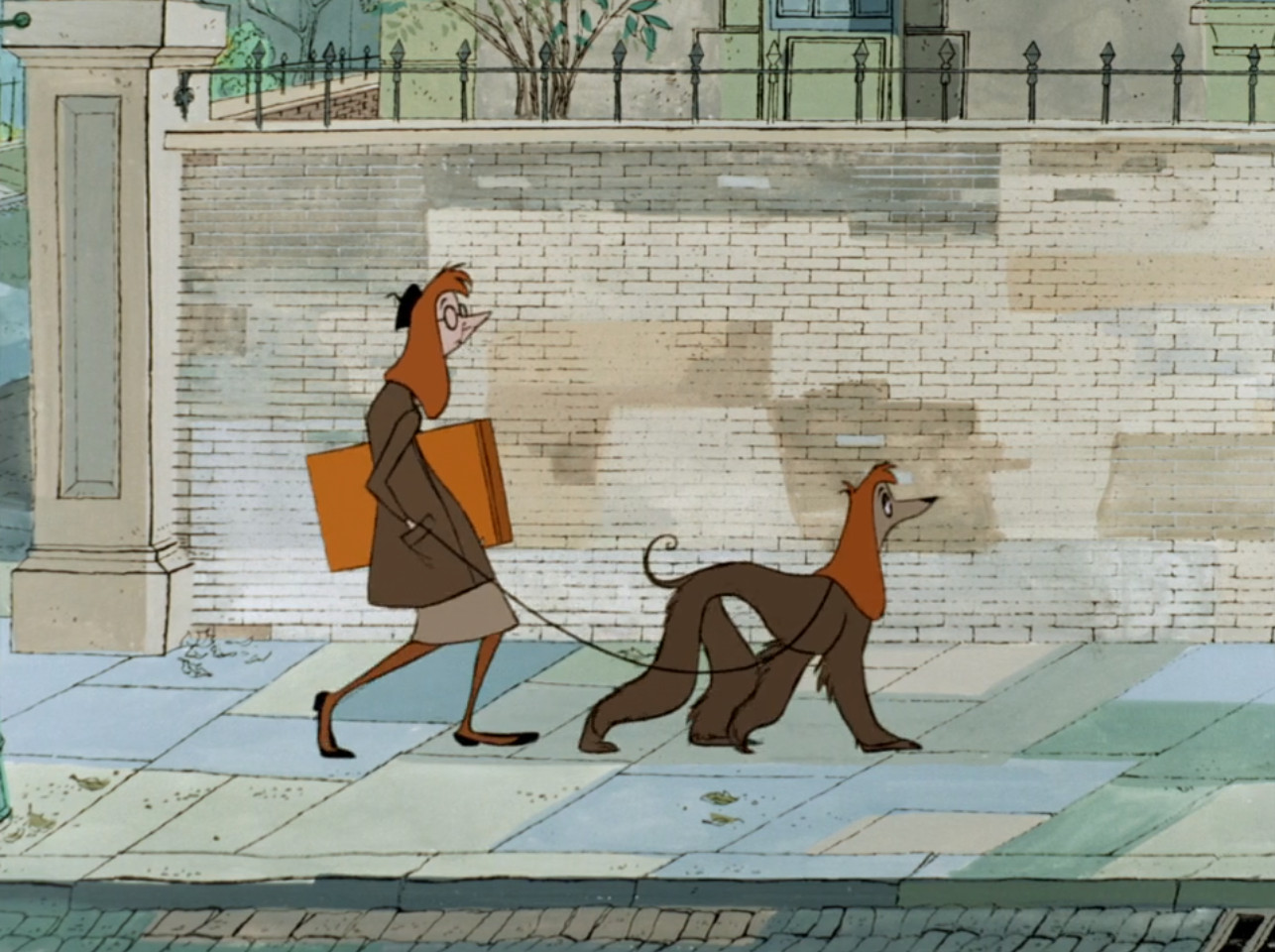
My first impressions were that animation was a magical medium. I wished that I could do something like that when I got older.
I really loved the way they drew Roger. Roger was the first character that I tried to hand draw when I got back home. Cruella really stuck in my memory too, and I remember trying to draw her driving around in her drop-top Rolls Royce, or whatever kind of car it was she drove. That was some cool stuff; I’d never seen cars animated like that before.
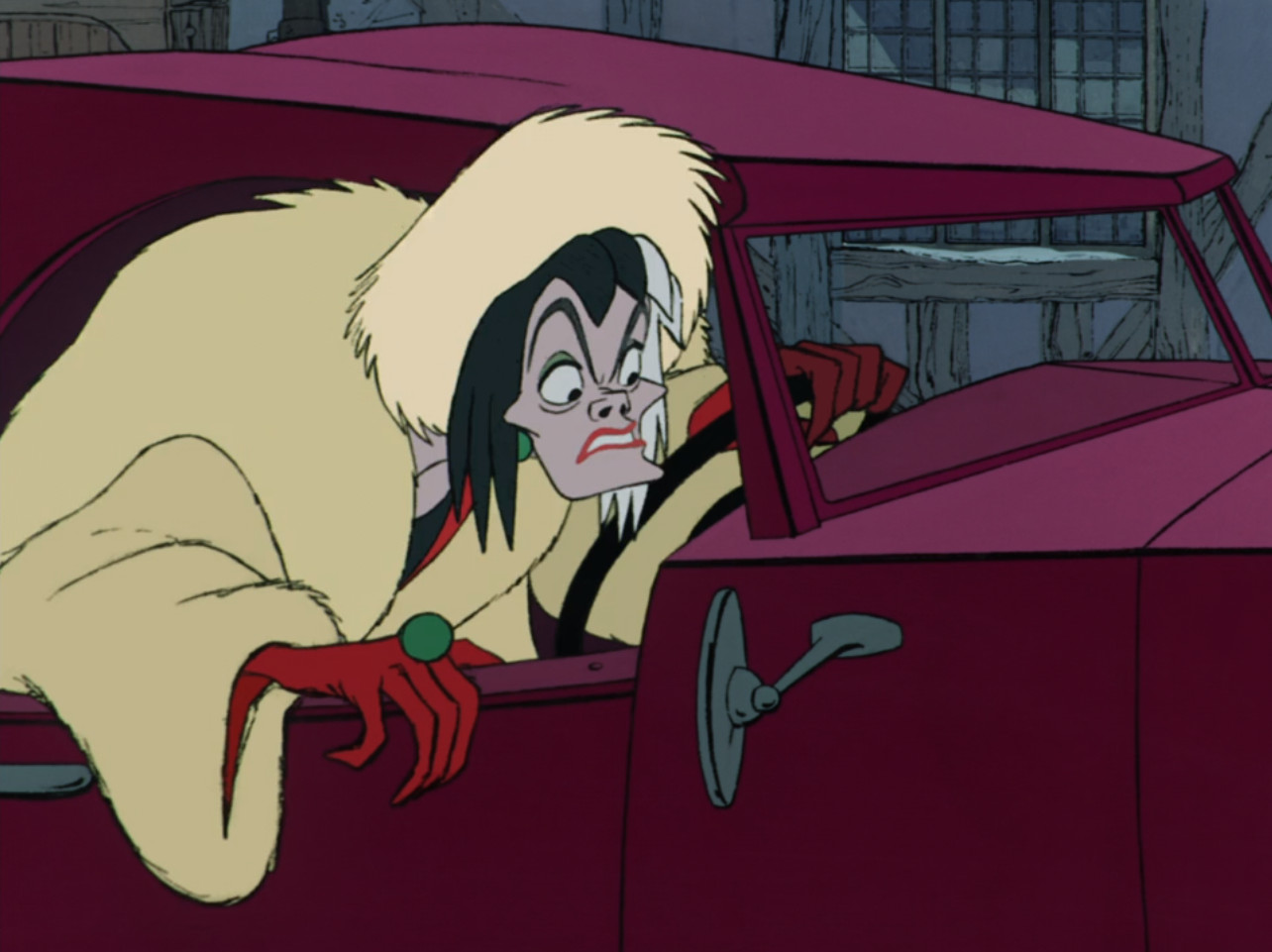
My eyes were blown away by what they’d seen. I sat there for back-to-back screenings just because I wanted to see it again. The dogs were so well-drawn and so well-animated. The designs… I remember learning later on that the genius Milt Kahl was behind most of the designs and it all sort of clicked and made sense then.
My appreciation for the film has never changed. It’s one of the films that holds up best from the entire Disney canon. The whole movie is exactly how I remember it. The animation is still great, and the humor is still really funny. I just thought, and still think, it’s top-notch all the way around.
Thankfully, later in my career, I got to work with one of the layout guys from 101 Dalmatians when I was working on Happily Ever After. He showed me what they had done on Dalmatians, it was a very graphic, monochromatic style and had such great linework. He also had some great Walt stories for me, so that was another huge plus. Working with someone who had been involved with 101 Dalmatians will always stay with me.
101 Dalmatians taught me that animation is a tool and that I needed to study things like human movement and how to be entertaining. The thing is, as an animator, the first thing you learn how to do is move things around. The next thing you learn is how to move things around in the most entertaining fashion and in the most entertaining way.
For me, Milt Kahl, Frank Thomas, and Ollie Johnson, those guys were the kings of being able to inject magic within a character. That’s hard to do even from a live-action standpoint, and Milt’s animation always superseded anything a live-action actor could come up with. Milt’s work still amazes me to this day. He’s truly the GOAT.
Today, I work in such a different medium, producing animation for streaming and tv, but I do try to apply the design aesthetics that guys like Milt and Tom Oreb would use in their films. That stuff always sticks with me because those are the characteristics that no matter which medium you’re working in, let you play with the mechanics of animation. The designs really apply basic animation mechanics, and any animator can grasp that. I’ve always loved Milt as an animator and designer, and I try to keep his tricks and traits with me on any project I’m working on.

